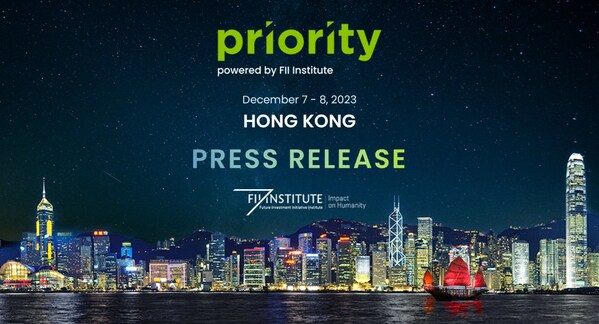 |
NEW YORK, Oct. 9, 2024 /PRNewswire/ -- According to a recent State of Technology in Manufacturing survey conducted by global technology intelligence firm ABI Research, Extended Reality (XR) technologies like smart glasses and VR headsets are in a similar stage and outlook to digital twins, machine vision, and Artificial Intelligence (AI)-enhanced devices among industrial and manufacturing operators. Of over 460 respondents across roles in discrete and process manufacturing, 68% indicated some level of XR consideration, with the other 32% at some stage of actual implementation.
"The value of XR to organizations has been known for years, especially in areas like training, remote workforce enablement, and collaboration. However, the barriers to that value have also been well-known and remain. Device cost, integration concerns, and confusion around offerings are most common," says Eric Abbruzzese, Research Director with ABI Research.
Most commonly, companies are evaluating XR suppliers. 30% are at some deployment stage, from creating implementation programs (10%) to completing XR integration in all relevant areas (2%). This response pattern is similar to other related digital transformation technologies, especially in the evaluation stages. However, XR, on average, is more often in consideration for adoption over the next 12-24 months rather than in active Proofs of Concept (PoC) or supplier evaluation compared to other technologies.
A similar priority for respondents included improving equipment performance and quality levels. While XR is in the early stages of adoption, XR can benefit these areas—remote maintenance, interactive training, and reliable knowledge capture/sharing are proven benefits of XR adoption. At the same time, people and process barriers are common pain points around XR cited in the survey. A lack of time to plan, along with a general lack of expertise in XR, has delayed potential investment and adoption. Both were ranked highly among respondents as barriers. Relatedly, an inability to articulate needs from a solution, along with a lack of clear Return on Investment (ROI), are prominent concerns. This stems from a lack of vendor and market understanding, which for XR is exacerbated by fragmented platform efforts and an ever-changing landscape.
"The XR market has seen plenty of ups and downs over the past decade, which has hindered trust and understanding in the market despite proven value. A lack of clarity among available platforms and paths to market hold back potential adoption. However, the growth of related digital transformation technologies, especially digital twins and machine vision, is a boon for XR and vice versa. Over time, a more holistic view of visual workforce enablement will take hold, rather than a focus on individual technologies, and XR will be an increasing portion of that offering," concludes Abbruzzese
These findings are from ABI Research's Industrial and Manufacturing Survey 1H 2024: Extended Reality (XR) report. This report is part of the company's Extended Reality (XR) Technologies research service, which includes research, data, and ABI Insights.
About ABI Research
ABI Research is a global technology intelligence firm uniquely positioned at the intersection of technology solution providers and end-market companies. We serve as the bridge that seamlessly connects these two segments by providing exclusive research and expert guidance to drive successful technology implementations and deliver strategies proven to attract and retain customers.
ABI Research是一家全球性的技术情报公司,拥有得天独厚的优势,充当终端市场公司和技术解决方案提供商之间的桥梁,通过提供独家研究和专业性指导,推动成功的技术实施和提供经证明可吸引和留住客户的战略,无缝连接这两大主体。
For more information about ABI Research's services, contact us at +1.516.624.2500 in the Americas, +44.203.326.0140 in Europe, +65.6592.0290 in Asia-Pacific, or visit www.abiresearch.com.
Contact Info:
Global
Deborah Petrara
Tel: +1.516.624.2558
pr@abiresearch.com
 6 months ago
207
6 months ago
207 




 English (United States)
English (United States)